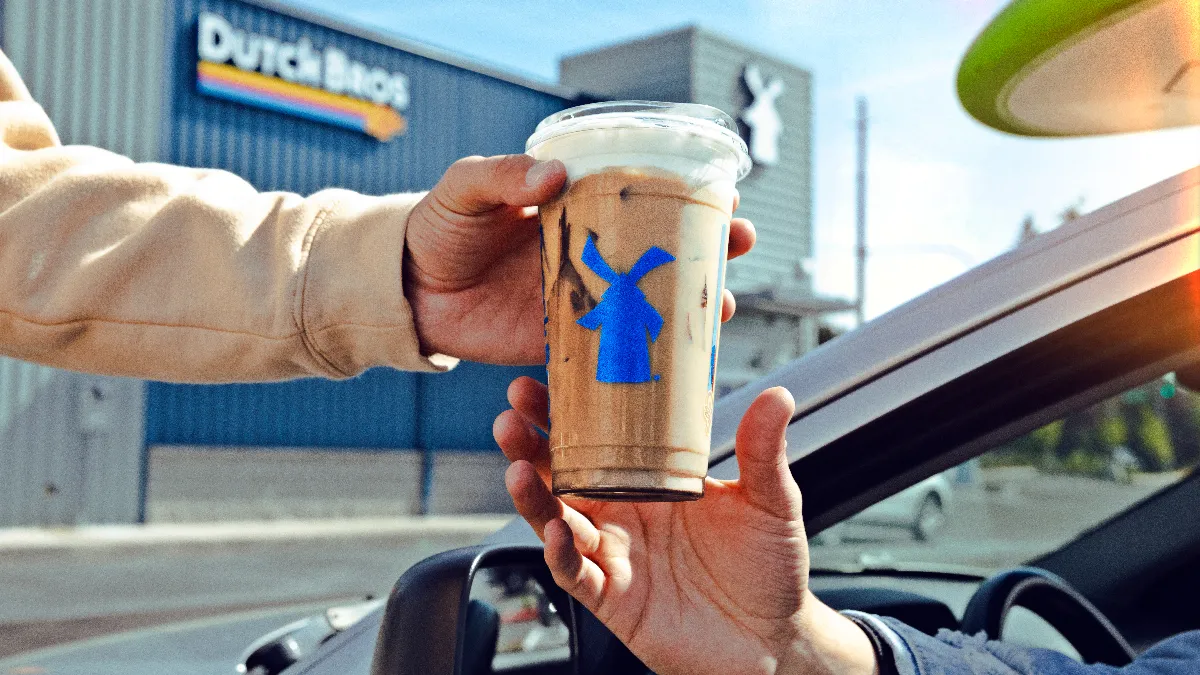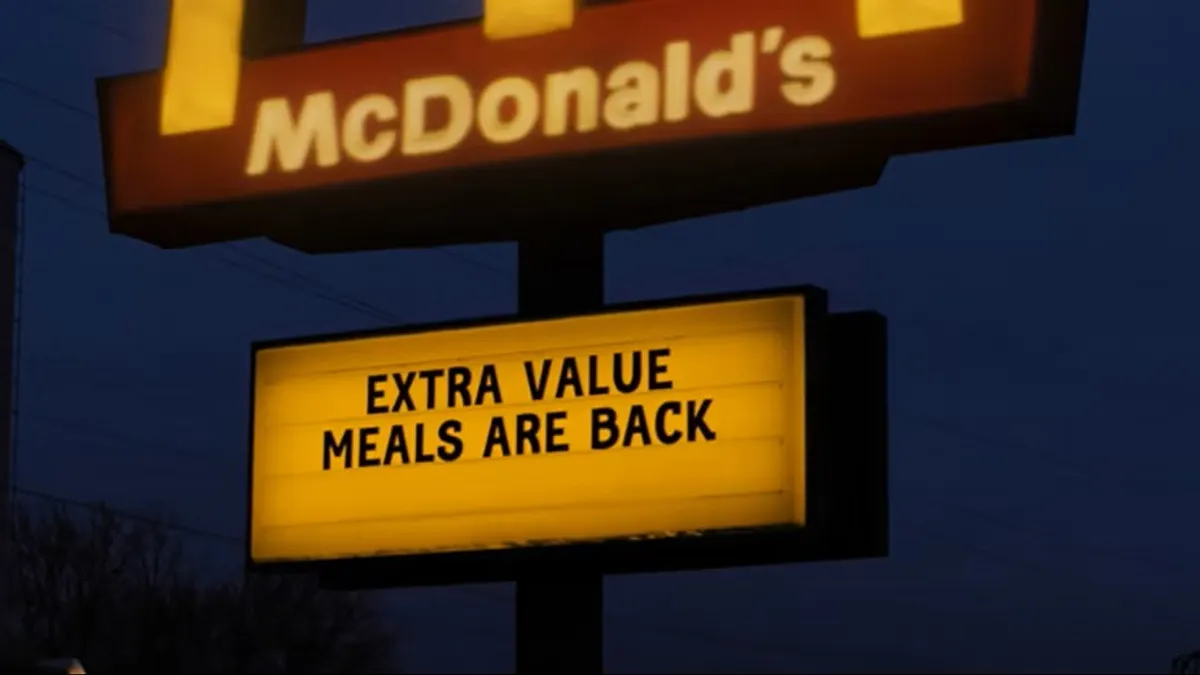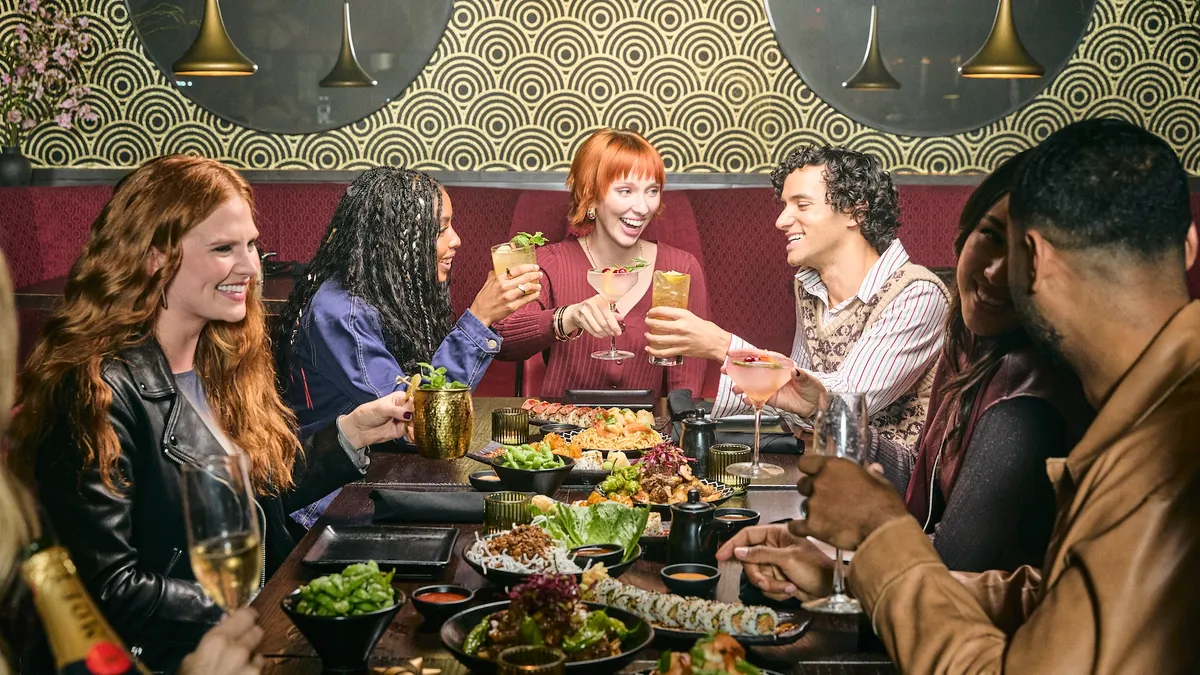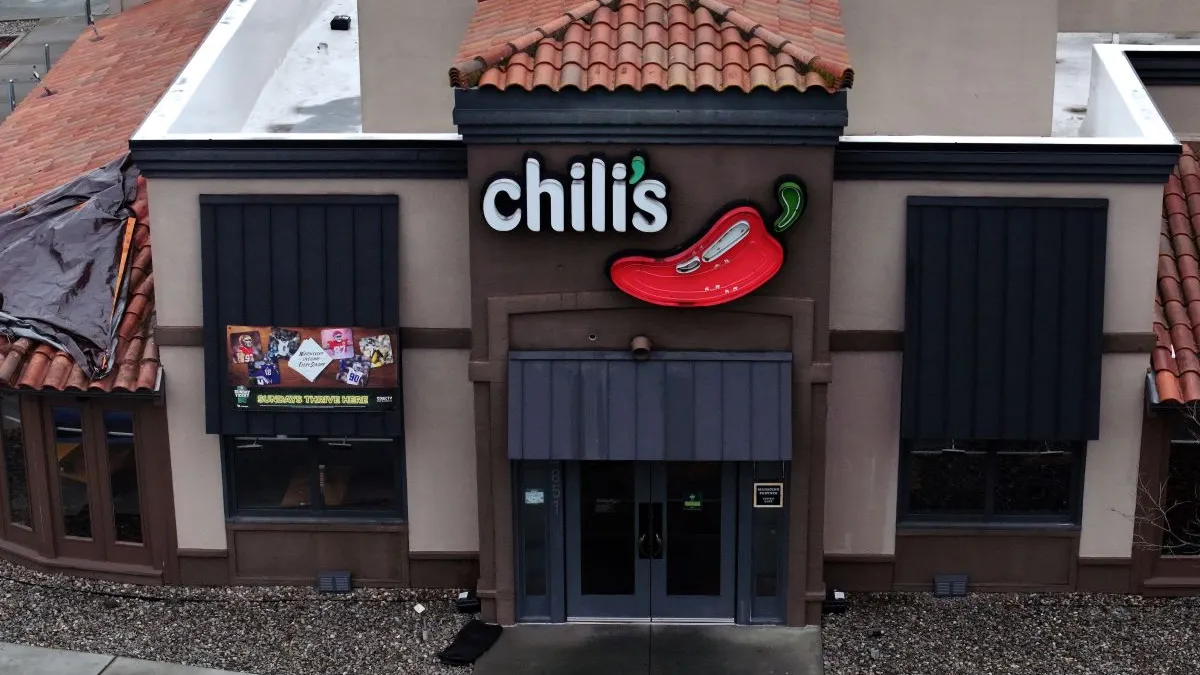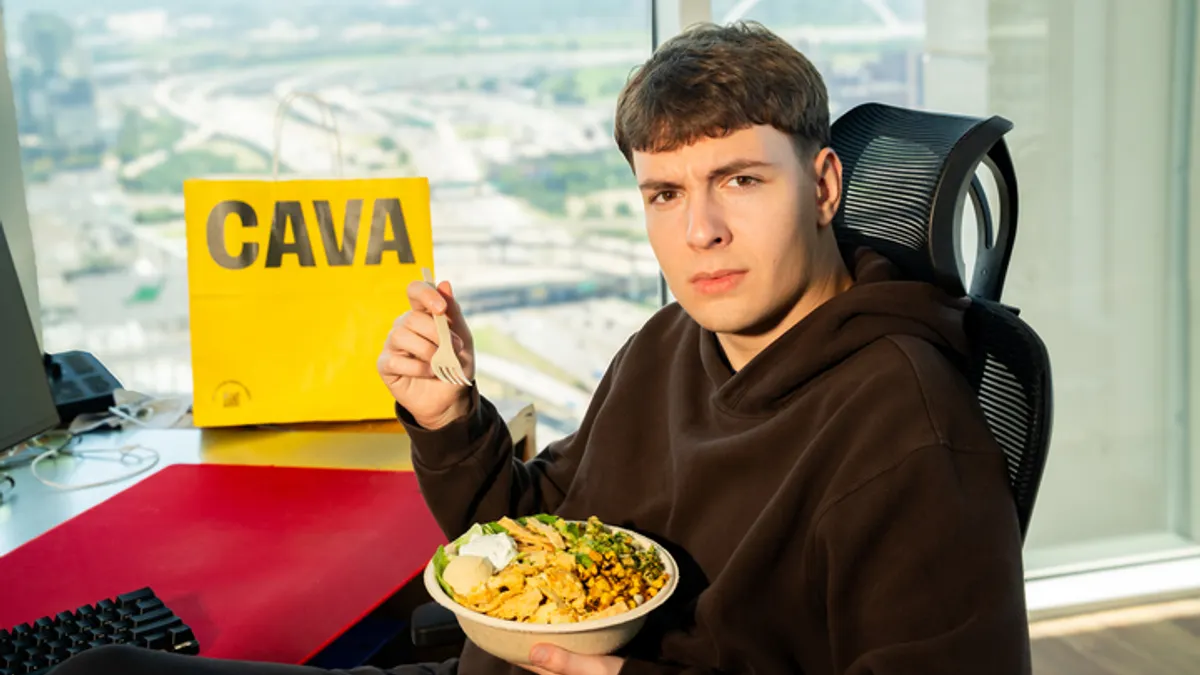Ben Gaddis is the president of Austin-based innovation agency T3
Restaurant operators are freaking out.
With fewer people going out to eat, dining culture is shifting — forcing owners to adapt quicker than ever before. Just look at the stats: When millennials order from restaurants, they dine in only 42% of the time, and among a general population, takeout and delivery combined account for 58% of restaurant orders. These numbers make sense given the increased ease in digital ordering, and the rise of grocery delivery and meal kit subscriptions. Plus, restaurant prices are rising, and when you factor in gratuity, the hassle of corralling family and friends, plus the burden of showering and getting dressed, many find it hard to justify going out.
Restaurants are also competing with “ghost kitchens” that forgo the physical space altogether and market on virtual platforms like Uber Eats, Seamless, and Grubhub, thereby minimizing operational costs and maximizing menu selection and savings for the customer. That’s not to say the physical restaurant space is now irrelevant. Rather, restaurant owners have new demands to meet from those who do decide to dine out old school, like customization and Instagram-worthy moments.
Too many owners are fixated on size when they should be obsessing over purpose. It’s the full brand experience, from beginning to end, that keeps consumers coming back. An overemphasis on size, without designing for experience, will leave customers hungry for more.
Restaurants should ask themselves: As fewer people dine inside the restaurant, how should the physical space evolve to optimize the guest experience? How can both the physical restaurant and the experience beyond those walls exude the brand’s appeal?
There are three main elements to consider as you rethink the evolving restaurant space and brand experience:
1. Define the real purpose of the space
Mindfully create in-person experiences that deliver what customers need and want. The first challenge is to understand what a customer wants and why they are physically there.
Some customers value speed, others customization — and those customer needs and wants won’t shift, even if the space transforms. Catering to them in the wake of a reimagined customer experience, however, poses new logistical challenges.
Operators should begin by redefining the purpose of the space. Ask yourself: What is the role of those four walls? What is the goal? Experience? Efficiency? Social gathering? If it’s about efficiency, optimize that space to move people as quickly as possible and drive convenience, but its maximization should not diminish the key brand touchpoints that customers value and seek. Or if a restaurant becomes a takeout hub, how do you structure the back of house and line while creating a pleasant waiting experience? Convenience-driven consumers demand frictionless experiences, and the space must support that — regardless of size. Or if it’s hospitality-focused, then ambiance and ease in the space is paramount.
2. Identify the signature moments
What is the moment a customer will remember? Is it going to be the moment you hand them their food, or is it the ordering process? Is it the familiar, nostalgia-triggering smell that comforts them the minute they step in? Is it the first bite of food, or is it the unique ambiance while they wait and eat? Once you identify the moment, consider how the physical space and experience can be maximized. Everything from the spatial layout to the packaging of the food can radically transform the customer experience. Package design determines the ease with which the food will travel, and smaller seating areas can be designed to maximize the space without compromising comfort and hospitality.
Rethink the restaurant as a full sensory experience, and don’t be afraid to maximize the human element. Moe’s gives a warm shout-out to guests to welcome them as they walk in. Build-your-own salad chains not only allow you to curate a signature salad, but employees also perform for you as they artfully toss or chop.
These signature moments will likely evolve as the restaurant space evolves, but it’s worth asking what new ones can be created — either in person or as part of the digital experience?
3. Think beyond the restaurant walls
The focus has shifted from table service to home service, and from physical to digital. In 2017, 42% of restaurants said they planned to adopt online ordering, and delivery is expected to grow by 12% over the next 5 years.Today, your brand extends far beyond four walls. The rise of social media demands that your food not only taste great, but look beautiful and be stylishly packaged — and yet, even with delivery and takeout on the rise, packaging remains largely underwhelming, with food arriving in unappetizing disarray.
Signature moments still matter, even when they don’t happen within the restaurant. How can you recreate them for this new paradigm? What new signature opportunities emerge with the rise of digital engagement? Examine your menu descriptions and food photographs, your social campaigns, and the way a consumer looks and feels carrying your takeaway packaging. Even if physical spaces shrink, the scope of the brand is expanding.
The consumer thinks about your brand cohesively, and so must you.
From the restaurant to your digital presence to your takeaway process, you have more opportunities than ever to win over customers with memorable branded experiences. Which ones will define you?






